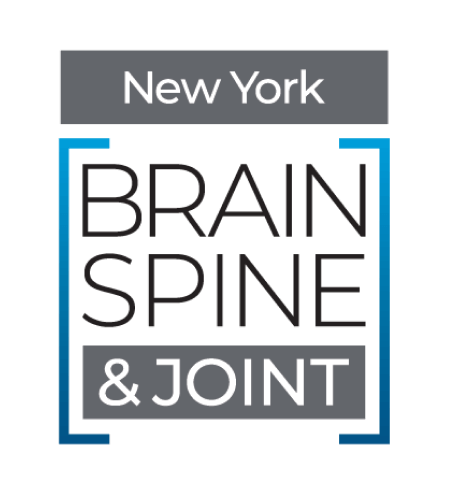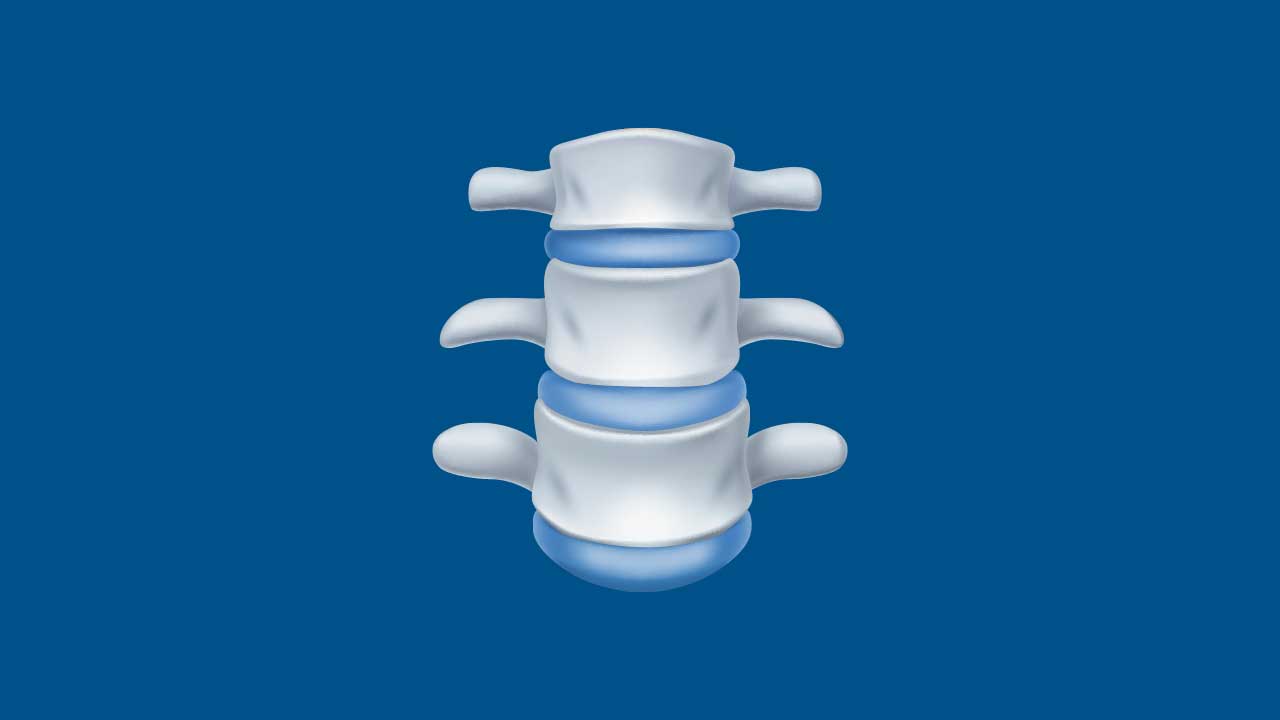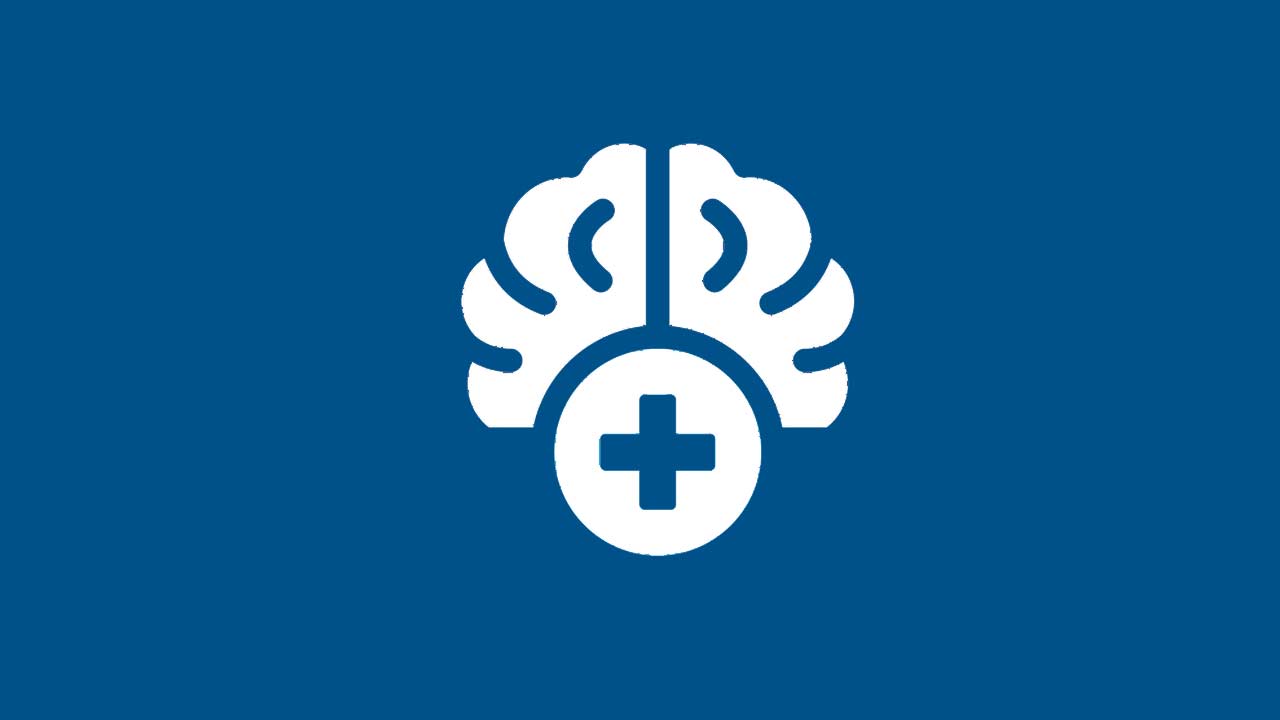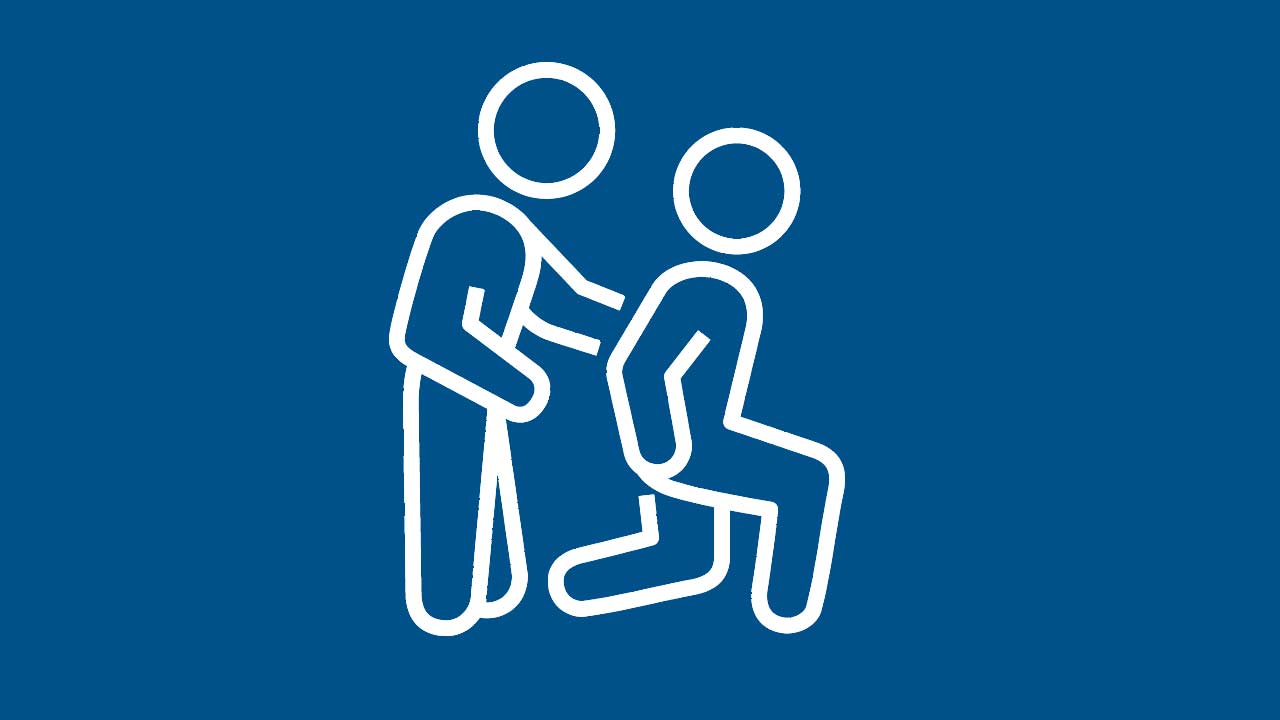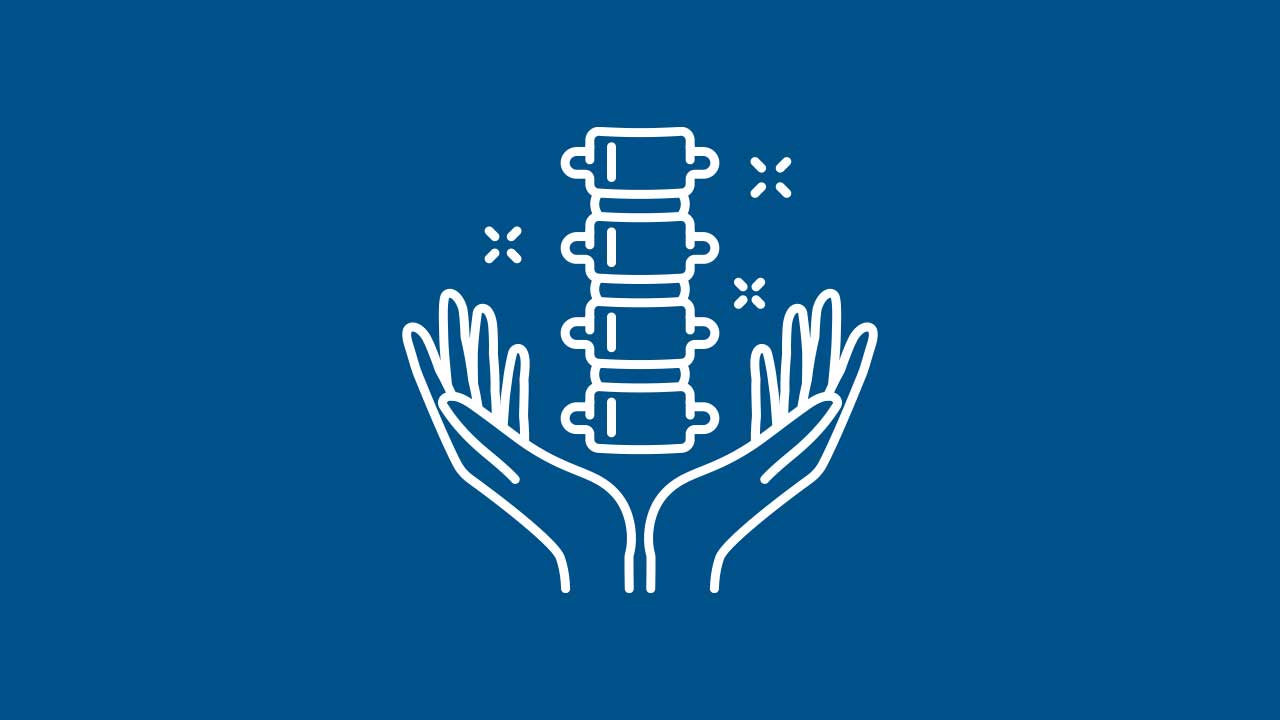Complex Regional Pain Syndrome
Share This Page
Complex Regional Pain Syndrome (CRPS): Understanding, Diagnosing, and Managing Chronic Pain
Complex Regional Pain Syndrome (CRPS) is a chronic pain condition characterized by intense, persistent pain typically affecting an arm, leg, hand, or foot. This neurological disorder often develops after an injury, surgery, stroke, or heart attack and is marked by pain that is disproportionate to the severity of the initial triggering event. CRPS can significantly impact a person's daily life, mobility, and overall well-being. This comprehensive guide explores the causes, symptoms, diagnosis, and effective management strategies for CRPS, aiming to help patients better understand this condition and find relief.
Understanding Complex Regional Pain Syndrome
CRPS is a complex condition involving abnormal responses of the nervous system to injury or trauma. This dysfunction leads to heightened sensitivity and persistent pain signals being sent to the brain, even after the initial injury has healed. CRPS is divided into two types:
- CRPS-I: Previously known as Reflex Sympathetic Dystrophy (RSD), occurs without confirmed nerve injury.
- CRPS-II: Previously termed causalgia, involves clearly identified nerve damage.
Causes and Risk Factors
The precise cause of CRPS is not fully understood. However, several factors may trigger the condition, including:
Injuries and Trauma
- Fractures, sprains, and soft tissue injuries
- Surgical procedures, particularly involving the limbs
- Minor injuries, such as needle sticks or cuts
Medical Events
- Stroke or heart attack (less common)
Risk Factors
CRPS can affect anyone but is more commonly observed in:
- Women
- Adults aged 40 to 60 years
- Individuals with previous injuries or surgeries affecting limbs
Symptoms of Complex Regional Pain Syndrome
CRPS symptoms vary widely and can evolve over time. Typical signs include:
Persistent Pain
- Severe, constant, burning pain that exceeds the expected level from the original injury
- Sensitivity to touch or temperature, causing significant discomfort
Swelling and Skin Changes
- Swelling of the affected limb
- Skin changes, such as redness, warmth, or color variations (bluish or pale)
- Changes in skin texture (shiny, thin, or excessively sweaty)
Altered Temperature and Sensations
- Skin temperature fluctuations
- Increased sensitivity to cold or heat
Joint and Muscle Dysfunction
- Stiffness, restricted movement, or loss of joint function
- Muscle spasms, weakness, or atrophy
Diagnosing Complex Regional Pain Syndrome
Diagnosing CRPS can be challenging and typically requires a thorough assessment by pain management specialists, neurologists, or physiatrists:
Clinical Evaluation
- Detailed medical history review, focusing on recent injuries or procedures
- Comprehensive physical examination assessing pain sensitivity, swelling, skin changes, and limb function
Diagnostic Tests
- Bone Scans: May detect bone density changes typical of CRPS
- MRI or X-ray: Helps rule out other potential causes of symptoms
- Nerve Conduction Studies/EMG: Assess nerve function to confirm nerve injury
The diagnosis of CRPS primarily relies on clinical signs and symptoms, following established diagnostic criteria.
Non-Surgical Treatment Options
Management of CRPS is multidisciplinary, aiming to reduce pain, improve function, and enhance quality of life:
Medications
- Pain Relievers: NSAIDs or opioids for severe pain episodes
- Neuropathic Pain Medications: Gabapentin, pregabalin, or antidepressants
- Topical Analgesics: Creams or patches applied directly to painful areas
Physical and Occupational Therapy
- Specialized exercises to improve strength, flexibility, and function
- Desensitization techniques to reduce skin hypersensitivity
- Functional rehabilitation to regain daily life skills and independence
Psychological Support
- Cognitive-behavioral therapy (CBT) for pain coping and management strategies
- Counseling and stress management techniques to address emotional impacts
Advanced Treatment Options
For persistent or severe CRPS symptoms, advanced interventions may include:
- Nerve Blocks: Injections to temporarily block pain signals and facilitate physical therapy
- Spinal Cord Stimulation (SCS): Implanted devices that modulate pain signals
- Sympathectomy: A surgical procedure to interrupt certain nerve signals causing pain (used cautiously and selectively)
Lifestyle and Home Remedies
Incorporating self-care strategies is essential for managing CRPS:
- Regular low-impact exercises like swimming or gentle stretching
- Adequate rest balanced with activity to prevent symptom flare-ups
- Stress reduction techniques such as mindfulness, meditation, or yoga
Our Multidisciplinary Approach in NYC
Our multi-location, multi-disciplinary medical practice in the New York City metro area provides comprehensive, integrated care for patients with CRPS. Combining expertise from neurologists, pain management specialists, physical therapists, rehabilitation experts, and psychological counselors, we offer personalized treatment plans tailored to each patient's unique needs. Our approach aims to manage pain effectively, restore functionality, and improve quality of life, making us a destination practice for patients from New York state, nationwide, and worldwide.
Frequently Asked Questions (FAQs)
Is CRPS a permanent condition?
While CRPS can be chronic, early diagnosis and proper treatment significantly improve outcomes. Many patients experience substantial symptom relief and functional improvement with comprehensive management.
Does CRPS spread to other body parts?
CRPS typically remains localized but can occasionally spread or appear in additional areas, particularly without timely intervention.
Can CRPS be prevented?
Early mobilization and appropriate pain management after injury or surgery can help reduce the risk of developing CRPS.
Additional Resources
- National Institute of Neurological Disorders and Stroke (NINDS) – CRPS Information Page
- American Chronic Pain Association – CRPS
Conclusion
Complex Regional Pain Syndrome (CRPS) presents significant challenges but is manageable through a well-rounded, interdisciplinary approach. Our experienced medical team in the New York City metro area is committed to providing cutting-edge diagnostics, comprehensive treatment plans, and compassionate support, empowering our patients to effectively manage symptoms and reclaim an active, fulfilling life.
Disclaimer: This article is intended for informational purposes only and does not replace professional medical advice. Always consult your healthcare provider for personalized treatment recommendations and care.
